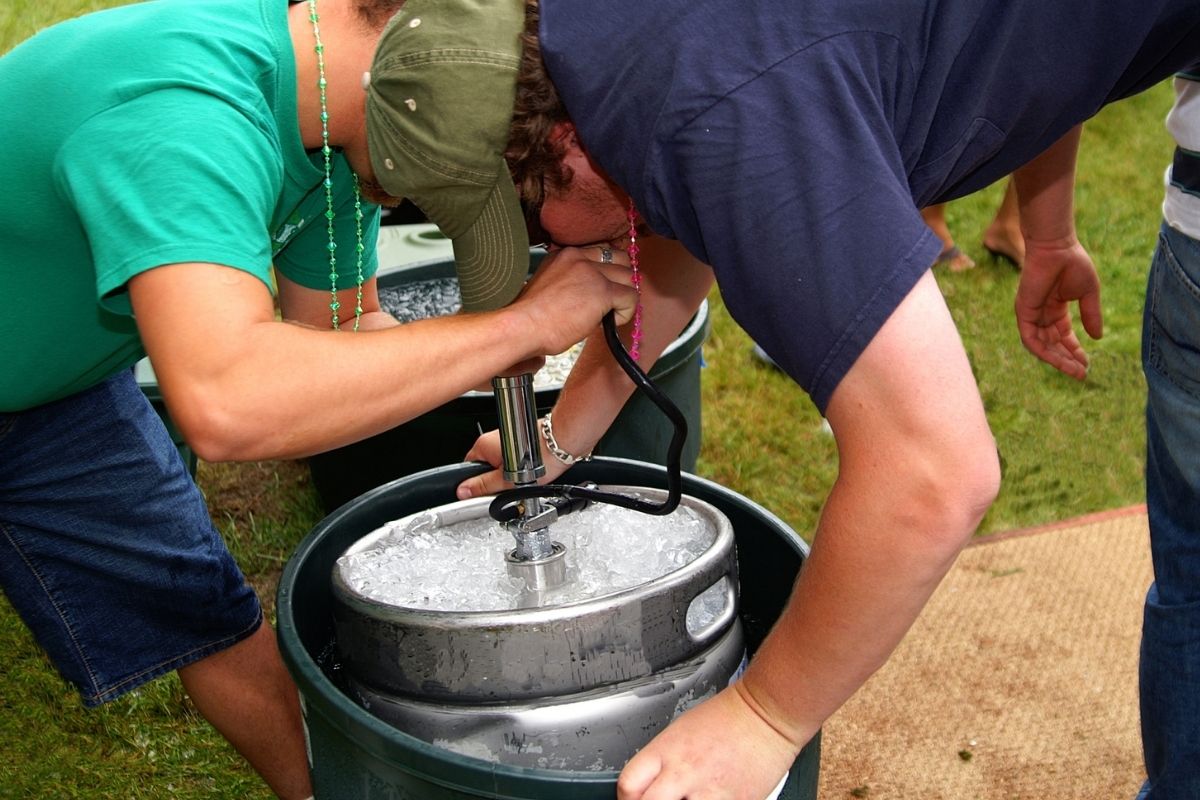

Articles
How Cold Should A Kegerator Be
Modified: March 21, 2024
Discover the optimal temperature for your kegerator with our informative articles. Learn how to keep your beer cold and delicious.
(Many of the links in this article redirect to a specific reviewed product. Your purchase of these products through affiliate links helps to generate commission for Storables.com, at no extra cost. Learn more)
Introduction
Welcome to the world of kegerators! If you’re an avid beer lover or you enjoy hosting gatherings with friends and family, then you’ve come to the right place. A kegerator is a fantastic addition to any home or commercial space, providing a convenient way to dispense freshly poured draft beer.
But, do you ever wonder how cold your kegerator should be to ensure that your beer stays perfectly chilled and delicious? In this article, we’ll dive into the topic of kegerator temperatures, helping you understand the ideal temperature range and the effects of incorrect temperature settings.
Before we delve into the specifics, let’s take a moment to understand what exactly a kegerator is and how it works.
Key Takeaways:
- Maintaining the ideal temperature range of 36°F to 40°F is crucial for preserving the freshness and flavor of draft beer in a kegerator, ensuring a delightful beer-drinking experience.
- Regular maintenance, proper insulation, and ventilation are essential for optimizing temperature control in a kegerator, allowing beer enthusiasts to enjoy perfectly chilled draft beer every time.
Read more: How To Make A Kegerator For Cold Brew
Understanding Kegerators
Before we discuss the importance of kegerator temperature, let’s first grasp the basics of kegerators themselves. What exactly is a kegerator, you may wonder?
A kegerator is essentially a refrigerator specifically designed to store and dispense draft beer. It combines the functions of a refrigerator and a beer dispensing system into one compact unit. Kegerators come in various sizes and styles, ranging from small countertop models to large freestanding units suitable for commercial use.
Now that we know what a kegerator is, let’s explore how it works. At its core, a kegerator operates by utilizing a pressurized carbon dioxide (CO2) system to dispense beer from a keg. The keg is connected to the kegerator through hoses and a tap, allowing beer to flow from the keg into a glass or container.
Inside the kegerator, the beer is stored in a stainless steel keg, which is maintained at a specific temperature to ensure its optimal quality. The CO2 system maintains a constant pressure on the beer, preventing it from going flat. When a tap is opened, the pressure is released, allowing the beer to flow through the dispensing system and into a glass.
Now that we have a better understanding of what kegerators are and how they work, let’s explore the ideal temperature range that your kegerator should be set to.
Ideal Temperature Range for a Kegerator
When it comes to draft beer, maintaining the correct temperature is crucial to preserving its flavor, carbonation, and overall quality. The temperature at which your kegerator is set can greatly impact your beer-drinking experience. Let’s take a look at the factors that can affect the temperature inside your kegerator and the recommended temperature range for optimal beer enjoyment.
Factors Affecting Temperature:
- External Temperature: The ambient temperature of the environment where your kegerator is located can influence its internal temperature. It’s important to consider the room temperature and avoid placing your kegerator in direct sunlight or near heat sources that can raise the temperature inside the unit.
- Insulation: The quality and thickness of the insulation in your kegerator can affect how effectively it retains its cool temperature. A well-insulated kegerator will ensure better temperature stability and energy efficiency.
- Ventilation: Proper airflow and ventilation are essential for maintaining a consistent temperature inside your kegerator. Make sure there’s enough space around the unit for heat to dissipate, and avoid blocking the vents.
Recommended Temperature Range:
The ideal temperature range for most beers is between 36°F (2°C) and 40°F (4°C). This temperature range allows the beer to stay cool enough to maintain freshness and prevent spoilage, while still allowing the flavors and aromas to be properly showcased.
However, it’s important to note that different beer styles may have specific temperature recommendations. For example, lighter beers like lagers and pilsners are generally enjoyed at colder temperatures, while darker ales and stouts may be served slightly warmer to enhance their complex flavors.
Ultimately, it comes down to personal preference, so don’t hesitate to experiment and adjust the temperature settings to find the range that suits your taste.
Now that we understand the recommended temperature range, let’s explore the effects of incorrect temperature settings on your beer.
Effects of Incorrect Temperature
Maintaining the correct temperature in your kegerator is essential to ensure that your beer is served at its best. Incorrect temperature settings can have a significant impact on the taste, aroma, and overall enjoyment of your beer. Let’s take a closer look at the effects of both too cold and too warm temperatures.
Too Cold:
When your kegerator is set to a temperature that is too cold, several issues may arise:
- Frozen Beer: If the temperature drops below the recommended range, it may cause your beer to freeze. This not only affects the taste but can also damage the carbonation level and lead to issues with dispensing.
- Diminished Flavor: Extremely cold temperatures can numb the flavors and aromas of the beer, making it taste dull and less enjoyable.
- Limited Carbonation: Cold temperatures can slow down the carbonation process, resulting in flat or undercarbonated beer when dispensed.
Too Warm:
On the flip side, if your kegerator is set to a temperature that is too warm, the following problems can occur:
- Rapid Spoilage: Warmer temperatures accelerate the growth of bacteria and spoilage organisms, leading to beer spoilage and unpleasant off-flavors.
- Excessive Foam: Warm temperatures can increase foaming issues when dispensing, resulting in excessive foam and wasted beer.
- Oxidation: Higher temperatures can promote oxidation of the beer, resulting in a stale or cardboard-like flavor.
It’s important to find the right balance and ensure your kegerator is set to the recommended temperature range to avoid these issues and enjoy your beer to the fullest.
Now that we understand the effects of incorrect temperature settings, let’s explore the different options available for temperature control in your kegerator.
The ideal temperature for a kegerator is between 36-38°F (2-3°C) to keep the beer cold without freezing it. This temperature range will help maintain the carbonation and flavor of the beer.
Temperature Control Options
Controlling the temperature in your kegerator is essential for maintaining the optimal conditions to keep your beer fresh and delicious. Let’s explore the two main temperature control options available for kegerators: thermostat settings and external temperature controllers.
Thermostat Settings:
Most kegerators come with built-in thermostats that allow you to adjust and regulate the temperature. These thermostats typically have a temperature range that you can select based on your preferences and the type of beer you are storing.
To adjust the thermostat settings, locate the temperature control knob or dial, usually located on the front or side of the kegerator. Turning the knob clockwise will decrease the temperature, while turning it counterclockwise will increase the temperature. It’s important to refer to the manufacturer’s instructions for your specific kegerator model to ensure proper adjustments.
External Temperature Controllers:
If you want more precise and customizable temperature control, you may consider using an external temperature controller. These controllers are external devices that can be connected to your kegerator to override the built-in thermostat and provide enhanced temperature management.
External temperature controllers typically come with a probe that is inserted into the kegerator to measure the actual temperature. You can then set your desired temperature on the controller itself, which will monitor the temperature and activate the cooling system of the kegerator accordingly.
These controllers offer features such as adjustable temperature ranges, temperature displays, and even programmable settings for specific beer styles or serving preferences.
It’s important to note that not all kegerators are compatible with external temperature controllers, so be sure to check the compatibility before investing in one.
Now that we’ve explored the temperature control options for kegerators, let’s dive into some tips for optimizing temperature control in your kegerator.
Read more: How To Keep A Keg Cold Without A Kegerator
Tips for Optimal Temperature Control
To ensure that your kegerator maintains the ideal temperature for your beer, it’s important to implement proper temperature control measures. Here are some tips to help you optimize temperature control in your kegerator:
Regular Maintenance:
- Keep it Clean: Regularly clean the interior of your kegerator, including the beer lines, faucets, and other components. This helps prevent any build-up or contamination that could affect temperature control and beer quality.
- Check Seals and Gaskets: Inspect the door seals and gaskets to ensure they are properly sealing the kegerator. Damaged or worn seals can let warm air in, leading to temperature fluctuations.
- Clean the Condenser Coils: The condenser coils on the back or bottom of your kegerator can accumulate dust and debris over time, hindering the cooling efficiency. Regularly clean the coils to ensure proper heat dissipation.
Insulation and Ventilation:
- Insulate the Kegerator: If your kegerator lacks proper insulation, you can improve its temperature stability by adding additional insulation. This can be done by applying insulating tape or foam insulation to the walls and doors of the kegerator.
- Provide Adequate Ventilation: Ensure that there is enough space around the kegerator for proper airflow and ventilation. Avoid placing the kegerator in enclosed spaces or against walls, as this can hinder heat dissipation and affect temperature control.
By following these maintenance and temperature control tips, you’ll be able to optimize the temperature inside your kegerator and enjoy your beer at its best.
Now, let’s explore some common temperature issues you may encounter and how to troubleshoot them.
Troubleshooting Temperature Issues
While kegerators are designed to maintain a consistent temperature, you may encounter some temperature-related issues from time to time. Let’s look at two common temperature issues that kegerator owners face and how to troubleshoot them: temperature fluctuations and frozen beer lines.
Temperature Fluctuations:
If you notice that the temperature in your kegerator is constantly fluctuating, it’s important to address the issue promptly to maintain the desired temperature for your beer. Here are some troubleshooting steps you can take:
- Check for Obstructions: Ensure that there are no obstructions blocking the vents or interfering with the airflow in your kegerator. Blocked or restricted airflow can lead to temperature fluctuations.
- Inspect the Thermostat: Verify that the thermostat is functioning correctly. If the thermostat is not reading the temperature accurately or is faulty, it can cause temperature inconsistencies.
- Adjust the Temperature Settings: Fine-tune the thermostat settings to a suitable temperature within the recommended range, taking into account external factors such as room temperature and insulation quality.
Frozen Beer Lines:
If your beer lines are freezing, it can disrupt the flow of beer and affect the taste and quality of your draft. Here’s how you can troubleshoot frozen beer lines:
- Check the Temperature Setting: Ensure that the temperature in your kegerator is not set too low. Lowering the temperature beyond the recommended range can cause the beer lines to freeze.
- Inspect Insulation: Make sure the beer lines are properly insulated. If there are any gaps in the insulation or cold spots, it can result in freezing. Consider adding additional insulation to prevent freezing issues.
- Use a Temperature Controller: Consider using an external temperature controller to have precise control over the temperature inside your kegerator. This can help prevent freezing issues by maintaining a steady temperature.
By troubleshooting these temperature issues and taking the necessary steps to rectify them, you can ensure the temperature in your kegerator remains stable, allowing you to enjoy perfectly chilled draft beer.
Now let’s wrap up and summarize what we’ve covered so far.
Conclusion
Having a kegerator at home or in your commercial space is a fantastic way to enjoy freshly poured draft beer. However, maintaining the correct temperature in your kegerator is crucial to ensure that your beer stays fresh, carbonated, and full of flavor. Throughout this article, we’ve explored the key aspects of kegerator temperature control and offered valuable tips for optimal temperature management.
We began by understanding what a kegerator is and how it works, highlighting its role in storing and dispensing draft beer. We then discussed the ideal temperature range for a kegerator, taking into account factors such as external temperature, insulation, and ventilation. It was clear that keeping the temperature between 36°F (2°C) and 40°F (4°C) ensures the optimal balance between freshness and flavor.
We also examined the effects of incorrect temperature settings, both when the kegerator is too cold or too warm. It’s essential to avoid freezing beer lines, dulling flavors, or excessive foam caused by incorrect temperatures. By maintaining the right temperature, you can enjoy your beer at its best.
We delved into the different temperature control options available for kegerators, such as thermostat settings and external temperature controllers. Both options provide ways to adjust and regulate the temperature within your kegerator according to your preferences and the type of beer you are serving.
To ensure optimal temperature control, we suggested tips like regular maintenance, including cleaning and checking seals and gaskets, as well as improving insulation and providing adequate ventilation. These measures can help maintain consistent temperatures with minimal fluctuations.
Lastly, we addressed common temperature issues and offered troubleshooting steps. Whether it’s dealing with temperature fluctuations or frozen beer lines, taking the necessary steps to rectify these issues can restore proper temperature control and ensure a delightful beer-drinking experience.
In conclusion, for those who appreciate the pleasure of draft beer, understanding and controlling the temperature within your kegerator is vital. By following the guidelines mentioned in this article, you can maintain the ideal temperature range, preserving the freshness, flavor, and carbonation of your beer. Cheers to perfectly chilled draft beer every time!
Frequently Asked Questions about How Cold Should A Kegerator Be
Was this page helpful?
At Storables.com, we guarantee accurate and reliable information. Our content, validated by Expert Board Contributors, is crafted following stringent Editorial Policies. We're committed to providing you with well-researched, expert-backed insights for all your informational needs.
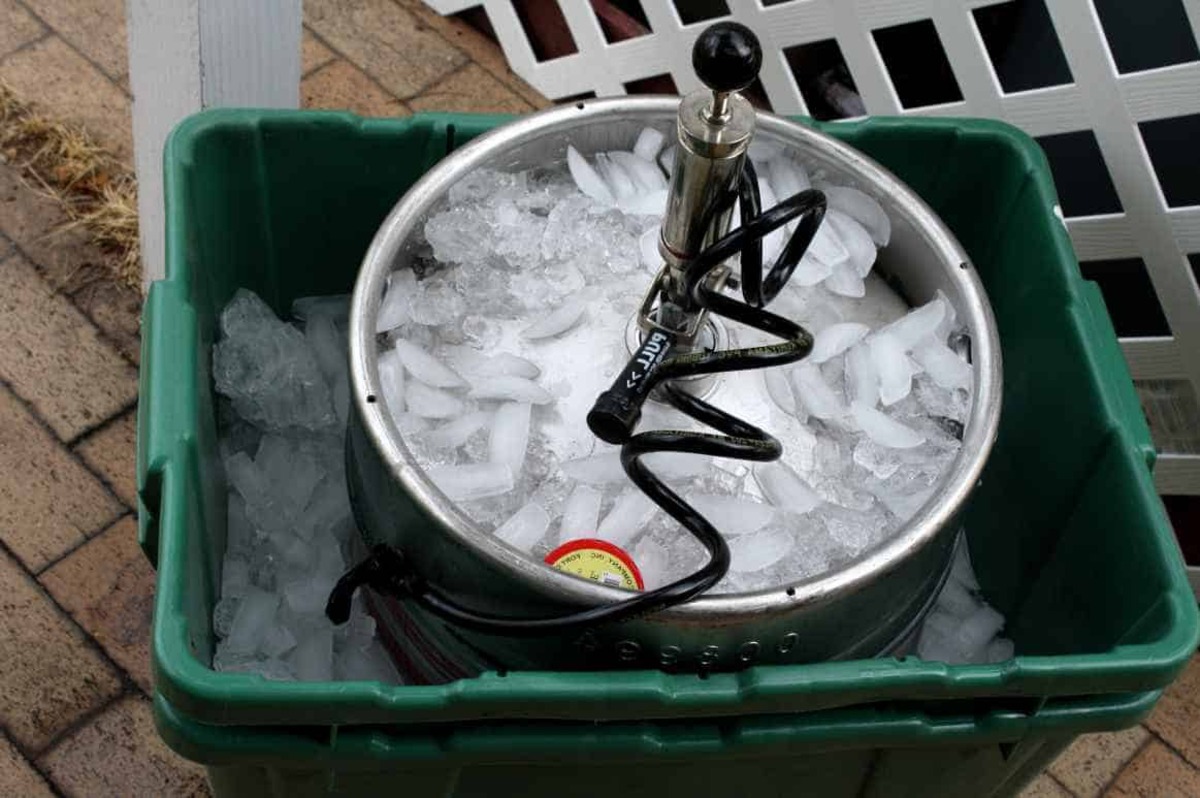
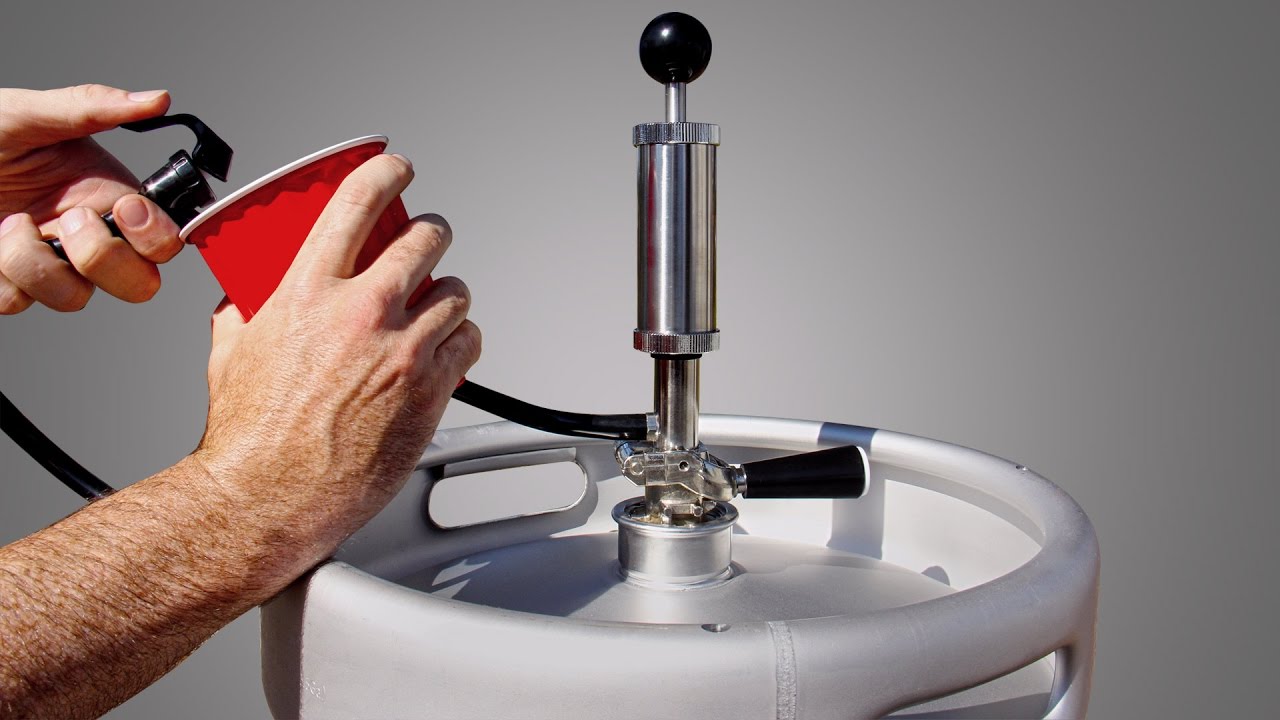
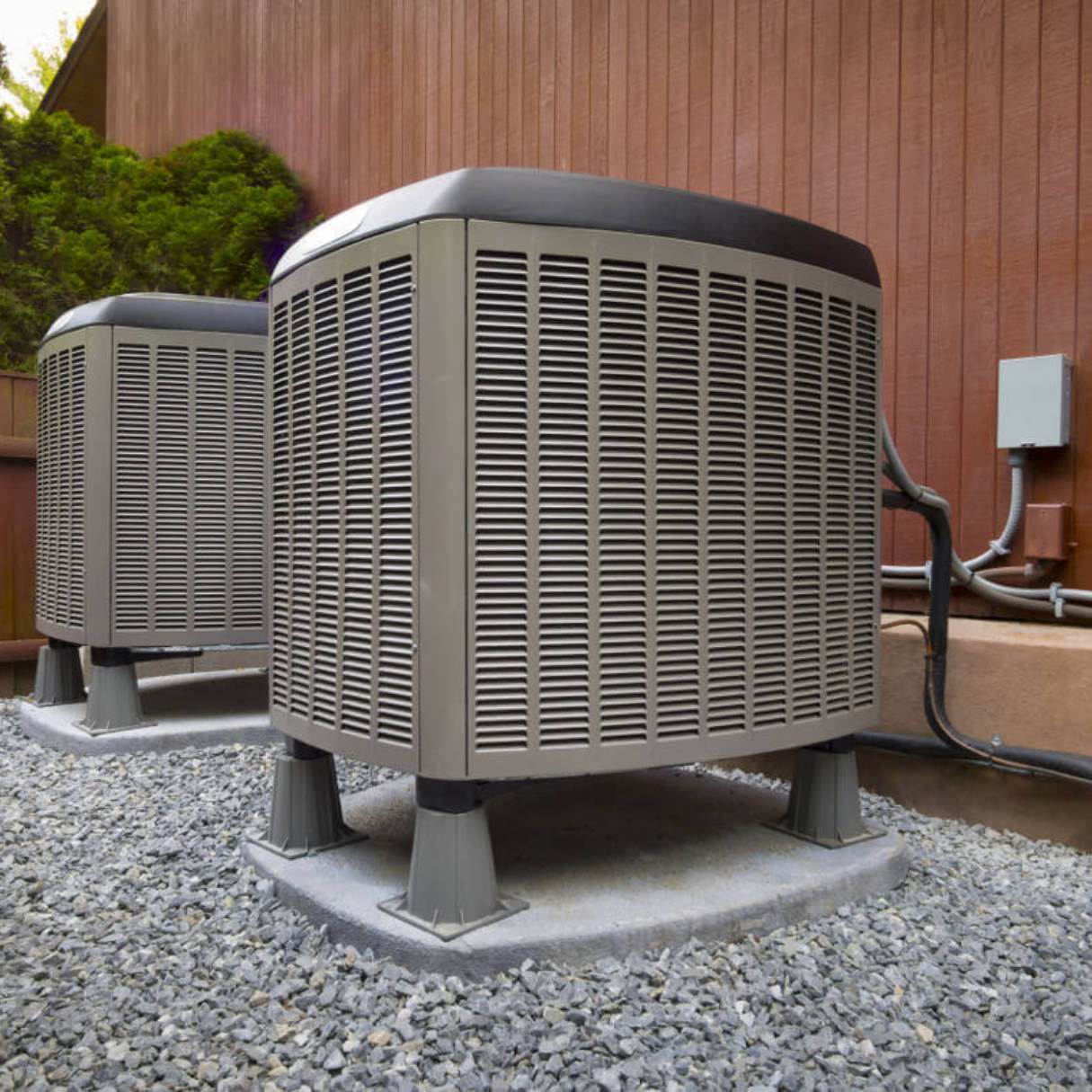
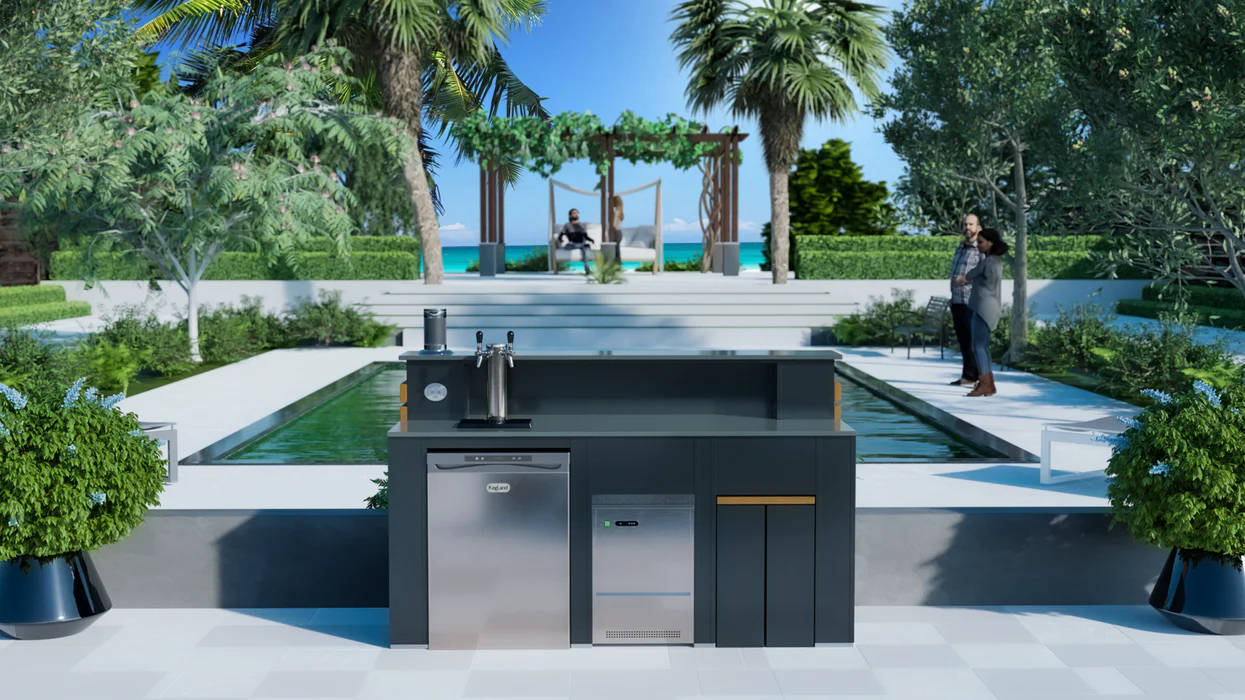
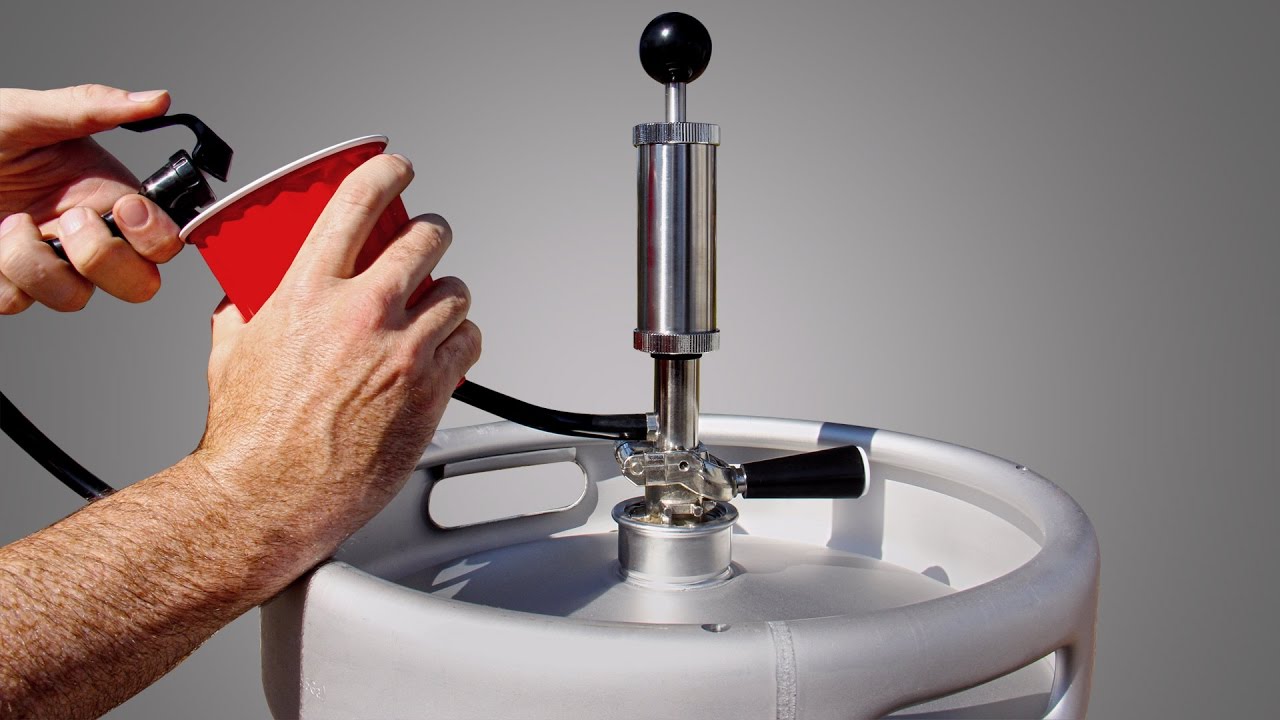
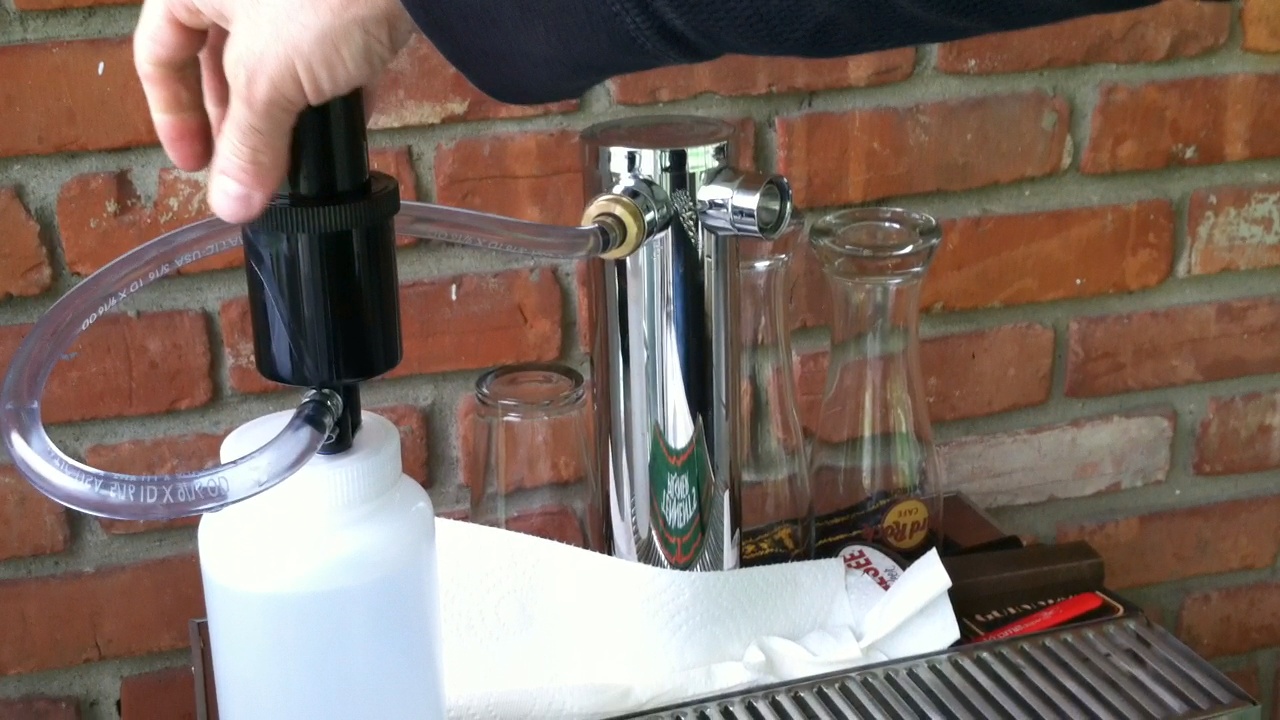
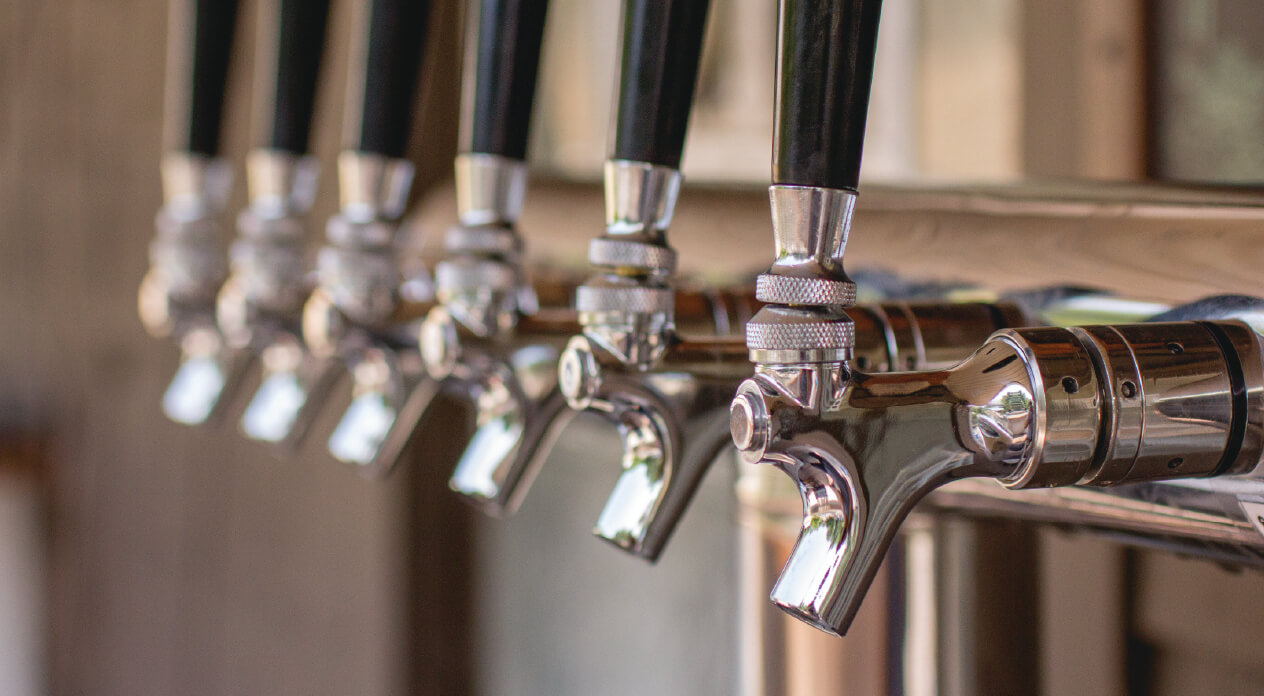
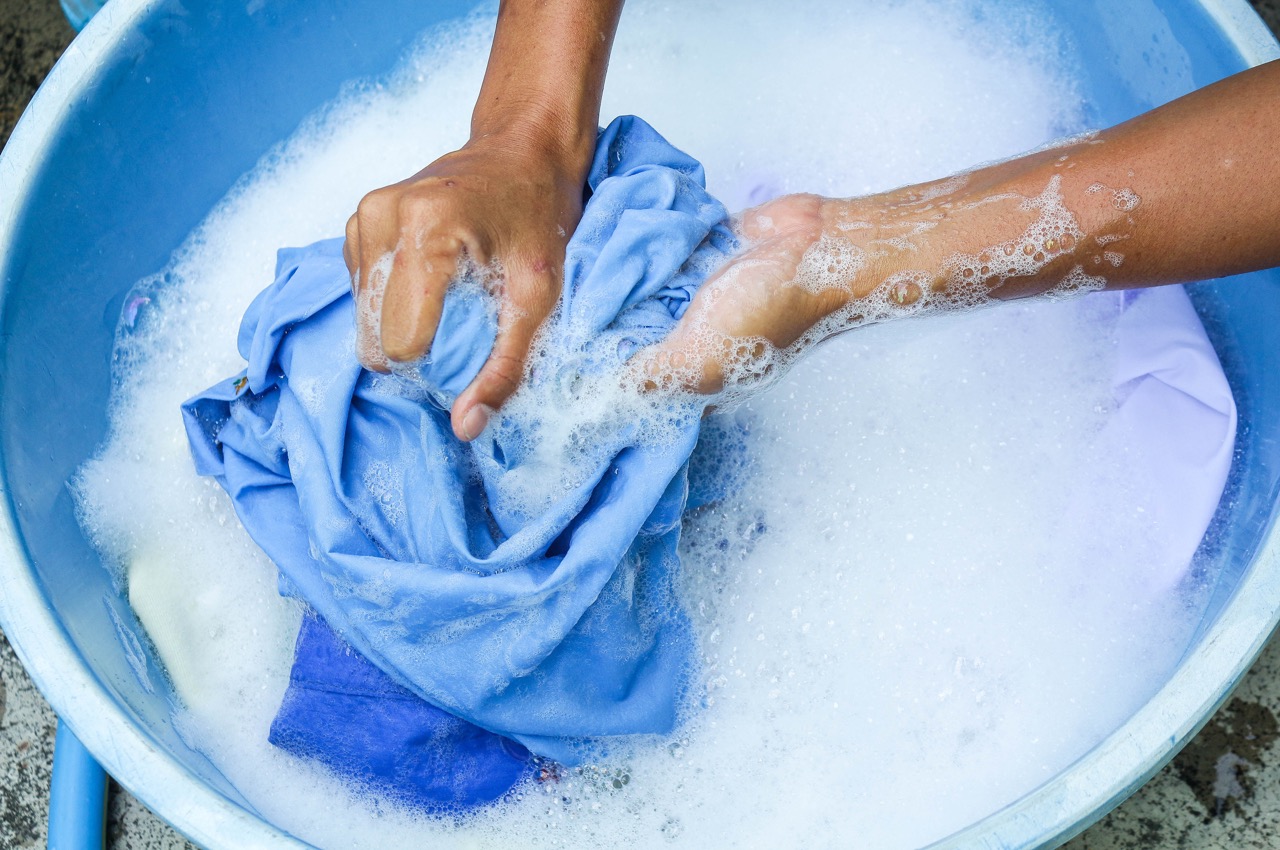
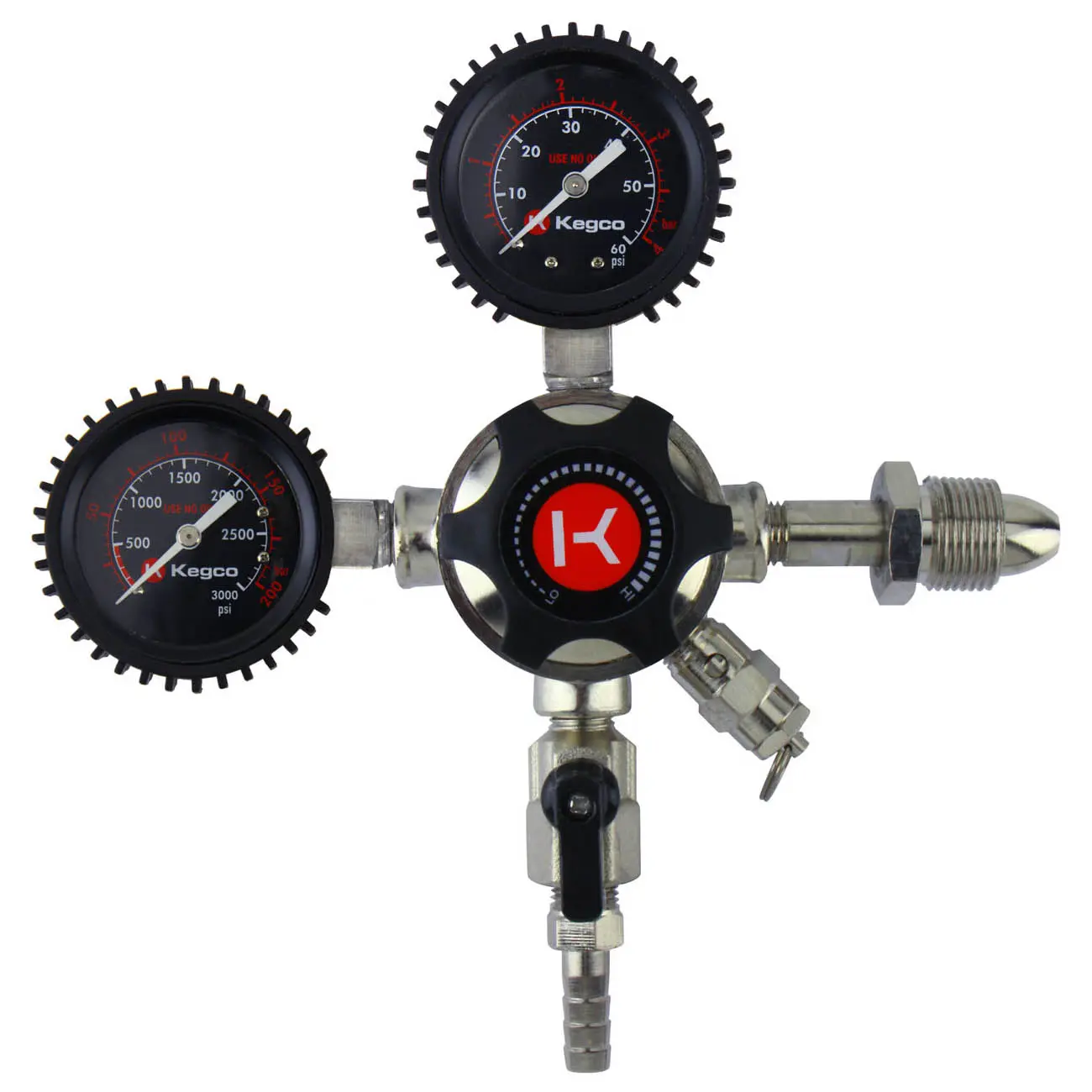
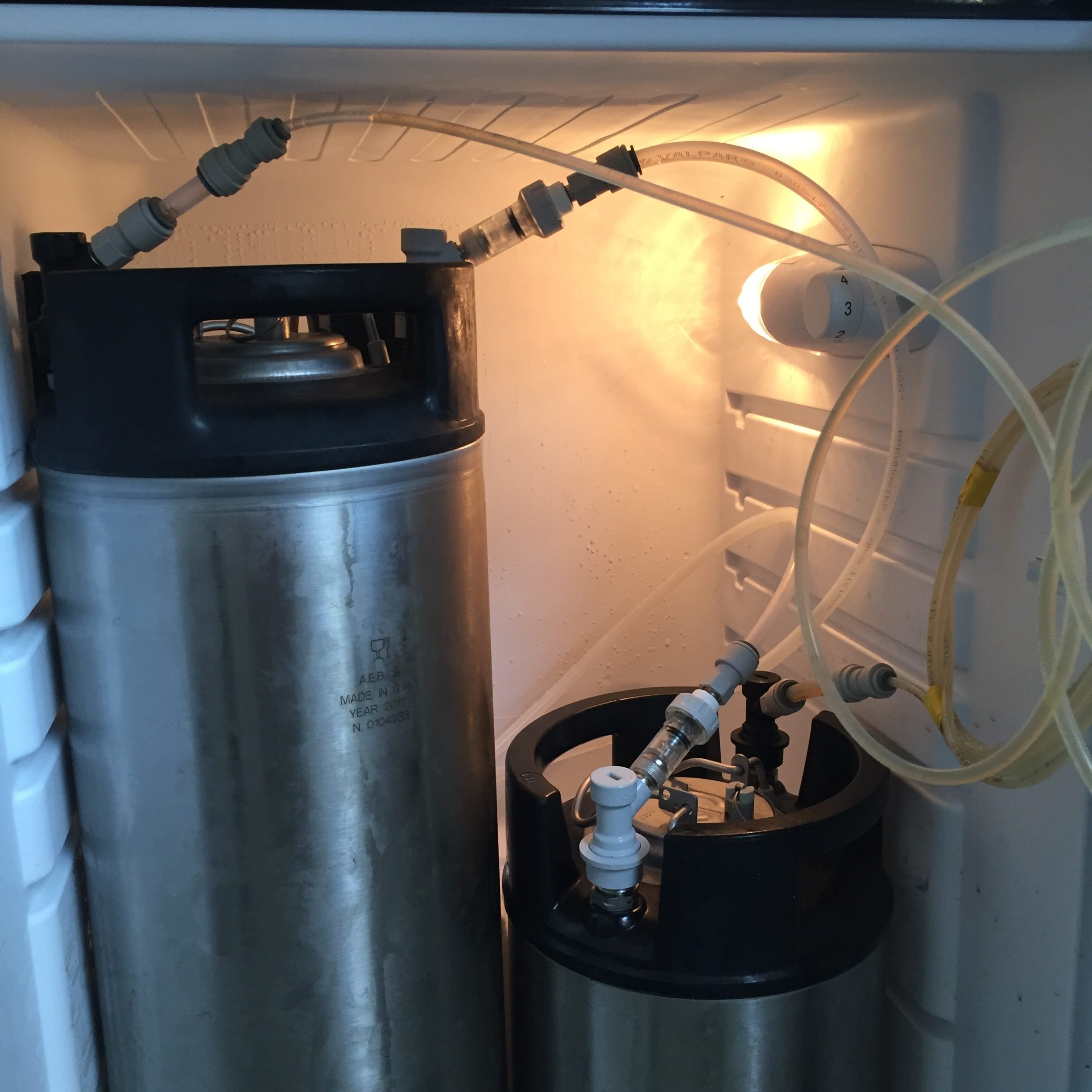
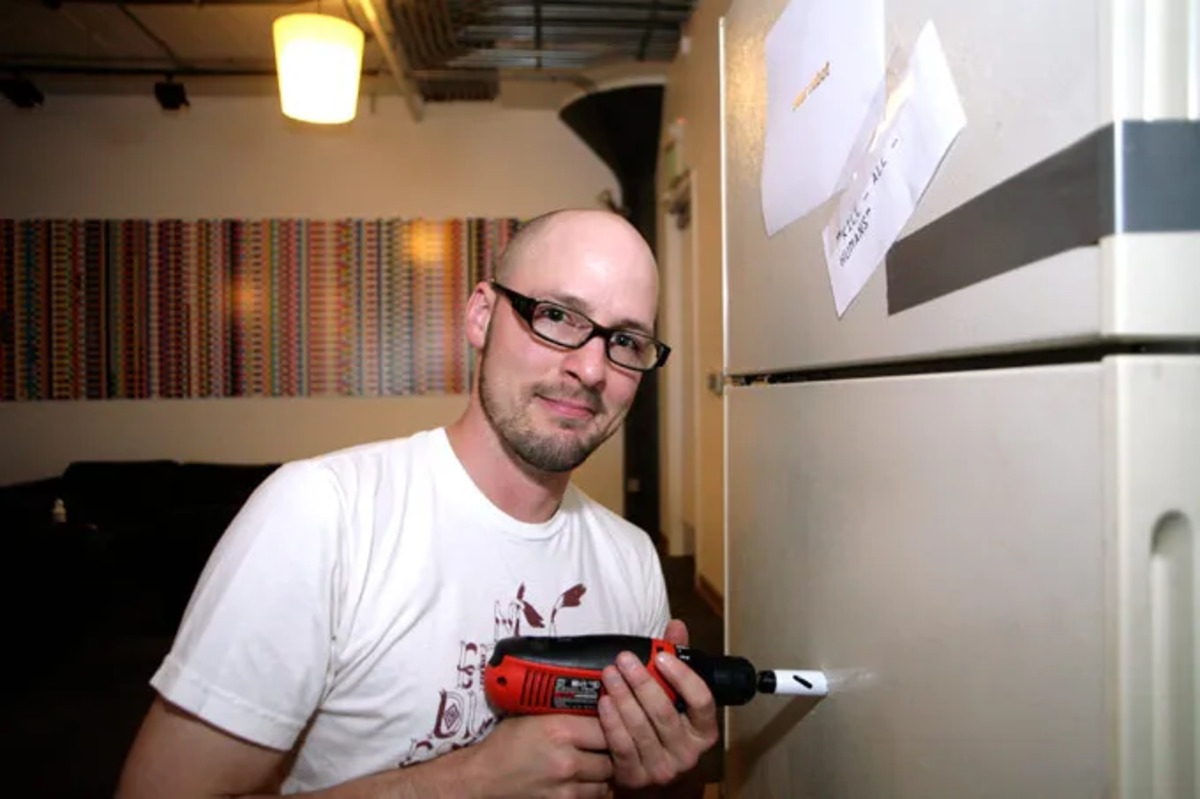

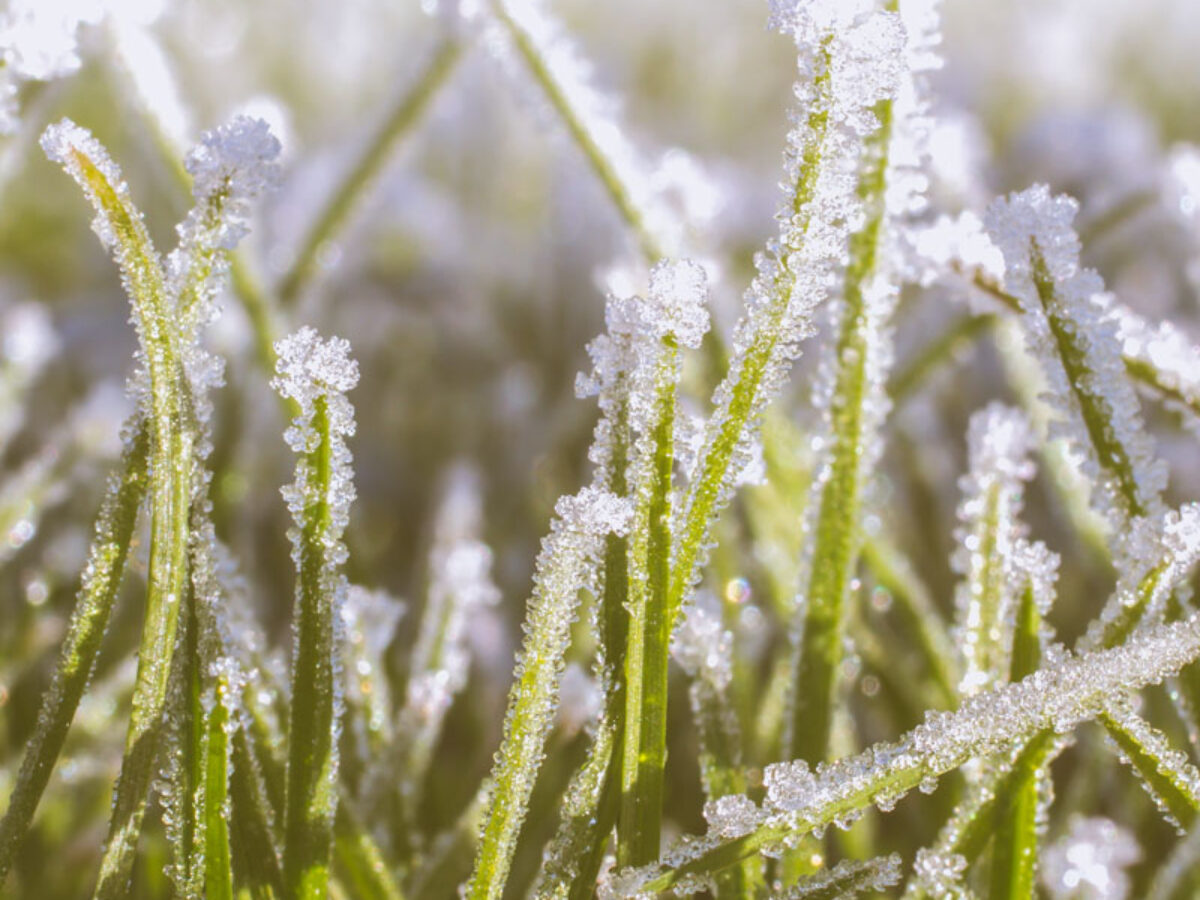


0 thoughts on “How Cold Should A Kegerator Be”